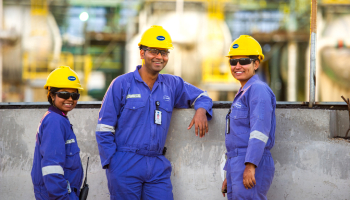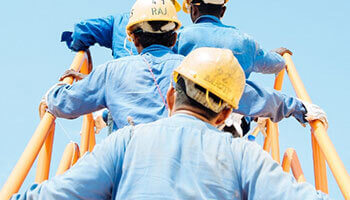May 20, 2022 . Read 5 min
High coking coal prices & steelmaking future
By Team Vedanta
Supply disruption owing to the Russia-Ukraine conflict could push the price of imported coal by 45-55% in Q1FY23 compared to the previous quarter with analysts cautioning that coal prices are expected to stay elevated throughout the year. With India’s domestic coal demand is expected to grow by a modest 5-6% in FY2023 owing to gradual recovery in economic activity, the steep price hike assumes significance. More, since India’s coal stocks in the run-up to the peak summer months remain quite low. Coal stocks this month in Coal India’s pitheads and thermal power generation stations at 74 mt was nearly half of what it had last year (128 mt), according to ratings agency ICRA. The price rise could severely impact domestic users of imported coal. In the longer run, it would not only impact steel prices but also the pace of its transition towards green steelmaking.
A growing number of Western power utilities are also looking to voluntarily place an embargo on Russian coal supplies, which is leading to disruptions in the normal coal trade flows. However, analysts also said there is a possibility of the prevailing abnormally high international coal prices moderating as the seaborne market could gradually readjust to the new trade channels following the imposition of sanctions on Russia.
This will be closely watched in India as Union Minister for Steel Ramchandra Prasad Singh recently said that India is leaning towards continuing to import coking coal from Russia.
These developments ride on the events of last year which was a volatile one in global commodity markets. Demand for coking coal, an essential raw material in the production of steel, was extremely strong as the wider global economy recovered from its sharp contraction at the earlier height of the COVID 19 pandemic—even as supply chain issues constricted availability.
Safety challenges and flooding affected domestic mines in China; border closures between Mongolia and China, as well as strikes in the United States, also curtailed trade. In addition, ongoing diplomatic tensions between China and Australia compounded the situation. This confluence of events created tightness in the market and contributed to surging prices for coking coal, as McKinsey & Co noted in its report in January 2022- ‘High coking coal prices provide a glimpse into steelmaking future.'
The price of hard coking coal (HCC) continued a rally that started in October 2020—reaching record levels of $600 per metric tonne CFR China before falling sharply in November and stabilizing at prices of around $400 per metric tonne CFR China.
At October levels, coking coal accounted for over half of the cost of the raw materials needed to produce a metric ton of steel via a blast furnace—a rare occurrence by historical standards.
Changes to coking coal and coke markets could lead to higher steel prices, an acceleration of the steel industry’s green transition, and wider price differentials for low-grade iron ore. In particular, higher priced coking coal is likely to affect the steel industry’s transition to greener production methods as well as the value-based pricing of iron ore. Higher-priced coking coal increases the cost of producing steel via blast furnaces, both in absolute terms and relative to other routes. This typically leads to higher steel prices as raw material prices are passed through. It would also accelerate the green transition in steelmaking as emerging green technologies, such as hydrogen reduction, would become more competitive compared with established production methods sooner.






